The flavor and taste characteristics of Indonesian cat shit coffee beans story introduces whether Kopi Luwak is sour or bitter?

Professional coffee knowledge exchange more coffee bean information please follow the coffee workshop (Wechat official account cafe_style)
Indonesian Kopi Luwak has become a household name, Kopi Luwak, also known as civet coffee (Kopi Luwak), as early as 2002 in the global media, so that Kopi Luwak famous, hard to get a bean. The flavor of Kopi Luwak has a special herbal aroma and is excellent in thickness. In New York, a pound of cat poop coffee beans sell for $500. In that year, the annual output of Indonesian Kopi Luwak was less than 500kg, which led to soaring prices and beans winning thousands of dollars.
Musk cats mainly inhabit tropical rain forests in hills and mountains below 2100 meters above sea level, shrubs and grasses on the edge of subtropical evergreen broad-leaved forests, and choose caves, soil caves or tree caves as habitat sites. Wild civets are omnivores. Animal foods include small beasts, birds, amphibians and reptiles, crustaceans and insects, such as rodents, birds, snakes, frogs, fish, crabs, bird eggs, insects, earthworms and wild birds. Plant foods include the stems and leaves of Solanaceae, seeds of a variety of figs, cloth dregs and sour berries, while edible coffee fruits are also mixed with Arabica beans and robusta beans. Normally, Arabica beans will taste better than Robusta, so pure Arabica civet coffee will be extra precious.
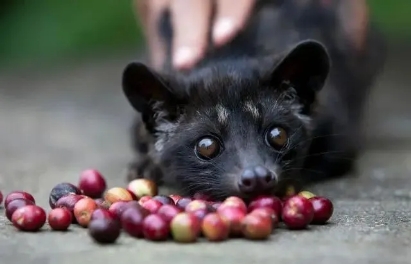
The civet coffee introduced into Qianjie Coffee is a pure Arabica species, which is washed and classified by local farmers after collecting feces.
Qianjie Coffee Indonesia Kopi Luwak
Producing area: Sumatra, Indonesia
Variety: Arabica
Treatment: in vivo fermentation of civets
Grade: G1
In vivo fermentation
In vivo fermentation of civets, lactic acid bacteria and digestive juices from the digestive tract of civets are used to remove pulp and pectin attached to the surface of raw beans, which are finally excreted with feces, and then coffee farmers go up the mountain at dawn to pick up civets' droppings and wash out precious grains of fermented beans. Civets are thought to choose the most mature, flawless coffee fruits to eat. It's like ensuring the quality of coffee beans.
The civet haunts at night, relying on its eyesight and sense of smell, specially selects the reddest coffee fruit to eat, and is not interested in half-cooked raw beans, so the excreted beans are excellent, and there will be no raw and astringent unripe beans. These cat poop coffee beans are washed and then baked. They have killed all the bacteria and there is no problem of fecal contamination.

Suggestion on brewing coffee in Qianjie
In order to better show the herbal flavor and mellow taste of Kopi Luwak, Qianjie coffee roasted cat poop coffee beans are roasted at medium depth. The dewatering rate of medium and deep baked beans is generally higher, so the weight is relatively light, and the powder does not sink completely at the bottom when cooking, and the injected water will be absorbed immediately at the beginning, because the exhaust powder is surrounded by bubbles, and the more fresh the beans in these channels, the longer the maintenance time, so that the water level drops rapidly. I usually use thick water to circle slowly.
The KONO filter cup will be selected for brewing Kopi Luwak in front of the street, because the only exhaust part of this filter cup is the 1/4 ribs. When the water level passes over the ribs, the amount of water in the filter cup continues to rise and the pressure increases through the weight of the water. Because the outlet is relatively small, it can extend the contact time between coffee particles and water for a longer time, as the water flow drives it to bring out the soluble matter more effectively. It can generally achieve the effect of high alcohol thickness expected by guests.
Cooking parameters: water temperature 86-87 degrees grinding degree: BG#6w powder-water ratio: 1:15 (15g powder 225ml water)
1. The first stage is filled with 30 grams of water and steamed for 25 seconds.
two。 At the end of steaming, the second stage of water is injected, and the value of the electronic scale is 125g. Wait for the water level to drop to half after water injection.
3. The third section of water is injected when the powder bed is about to be exposed, the value of the electronic scale is 225 grams, and the coffee is extracted for a total time of about 50-2 seconds.
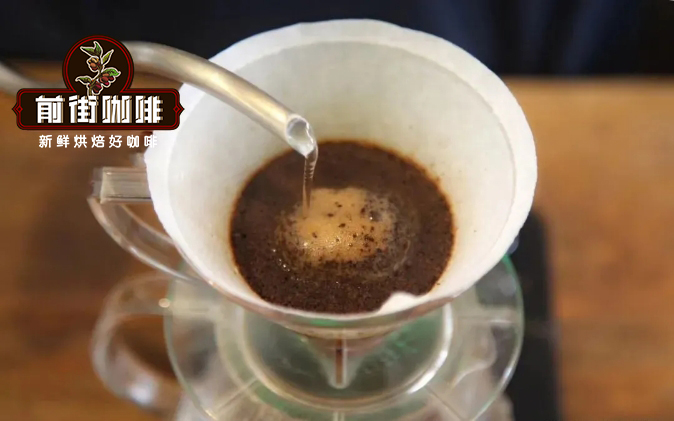
Kopi Luwak flavor description: herbs, nuts, smooth, mellow taste.
The coffee beans fermented in the body are not only Kopi Luwak, but also South American meat drooping Phoenix-crowned pheasant coffee, Indian monkey coffee and Sri Lankan elephant coffee.
The origin of Kopi Luwak has been used as a gimmick and now mostly comes from caged civets.
But now, it is hard to see the original Kopi Luwak. Today's Kopi Luwak comes mostly from wild coconut cats in cages, and they are generally kept in harsh conditions. A Japanese scientist recently claimed to have invented a way to tell whether coffee beans come from wild coconut cats or captive coconut cats, especially if he can tell whether coffee beans come from wild coconut cats or captive ones.
Many coffee companies around the world are still using the original story about wildlife digestion habits as a stunt to sell Kopi Luwak. Many companies claim that they can only collect 500kg Kopi Luwak a year. And use this scarcity to justify its high price (Kopi Luwak usually sells for $200,400 per kilogram, sometimes more). In fact, although exact figures are not available, I estimate that Kopi Luwak's annual global production is at least 50 tons, much more than that is possible. Now farmers in India, Vietnam, China and the Philippines have joined the production of Kopi Luwak.
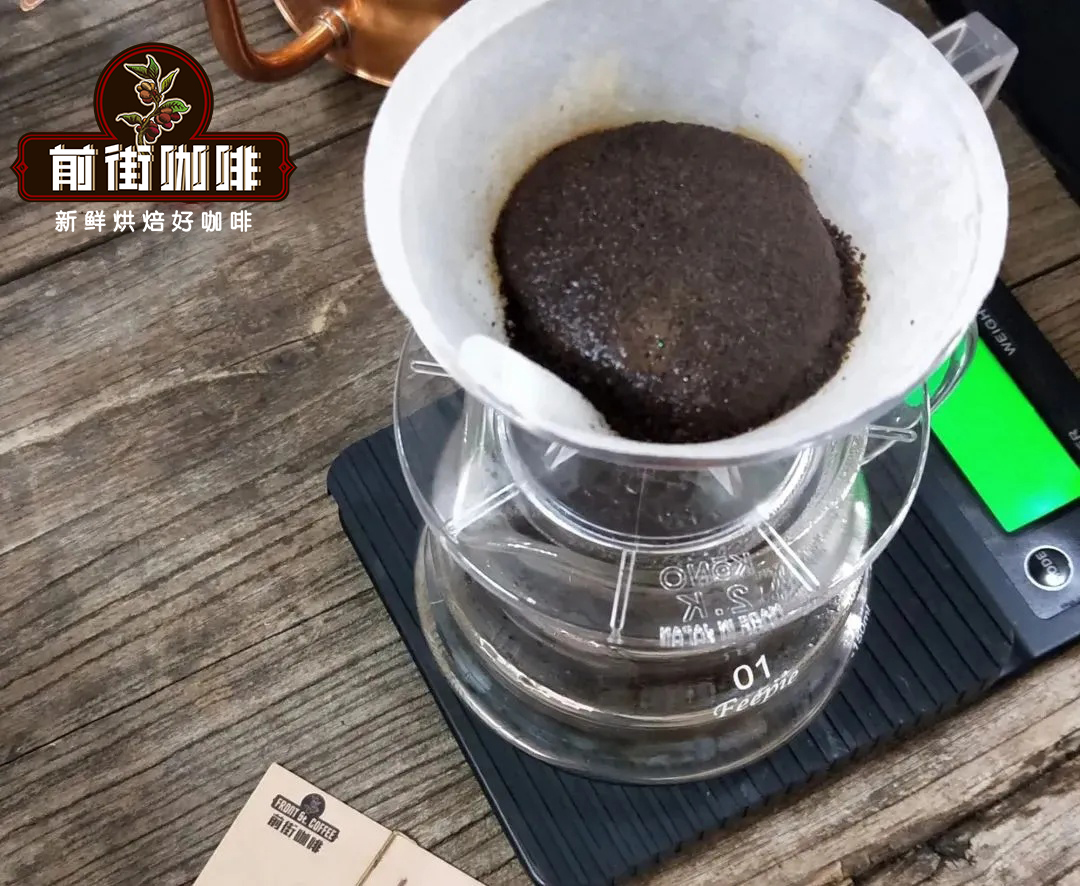
Now Kopi Luwak has become the product of industrialization, and civets are treated cruelly.
Today's Kopi Luwak in Indonesia is basically the product of industrial production, and the original ecology is almost impossible. Doesn't that sound a little disgusting? That's true. These timid and solitary creatures have to be huddled in a cage with their own kind, which puts them under great pressure, and an abnormal diet with too much emphasis on coffee fruits also makes them suffer from other health problems. Coconut cats in cages begin to fight with each other, even bite off their legs, feces begin to carry blood, and death is even more common.
In Indonesia, the trapping of wild coconut cats is supposed to be strictly controlled, but they are caged by poachers and forcibly fed with coffee fruits to excrete more feces with coffee beans. and it's all for profiteering and the hypocritical pleasures of some people.
Kopi Luwak's business has been a great success, especially among consumers who spend a lot of money. If you are worried about preparing a birthday present for your tuhao friend, how about spending 6500 pounds on a Kopi Luwak wrapped in 24-karat gold foil at Harrods, the most famous and upscale department store in the UK? In fact, what you buy is no longer Kopi Luwak, just like Thai shit coffee and Brazilian sparrow shit coffee, which are popular all over the world, are just used to satisfy people's insatiable desire for this strange and superficial vanity.
For more boutique coffee beans, please add private Qianjie coffee on Wechat. WeChat account: kaixinguoguo0925
Important Notice :
前街咖啡 FrontStreet Coffee has moved to new addredd:
FrontStreet Coffee Address: 315,Donghua East Road,GuangZhou
Tel:020 38364473
- Prev
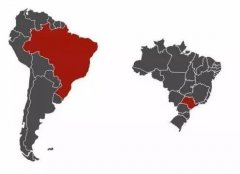
Queen's Manor Huang Bourbon | COE Changsheng Manor, Brazilian Queen's Manor, tropical fruit flavor
[manor introduction]: this coffee comes from FazendaRainha (Queen's Manor), which covers an area of 280mu and is located in Vale da Grama, an ancient volcanic valley in Brazil. In 2011, the manor won the championship in the COE competition in Brazil. Fazenda Rainha is owned by the prestigious and respected coffee family Carvalho Dias family.
- Next
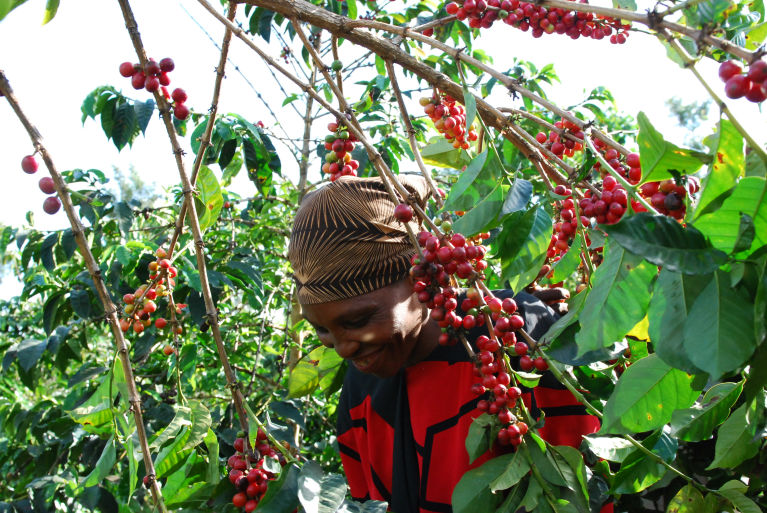
Kenya Karoguto AA | selected batches of Kenyan star processing plant, perfect grapefruit and citrus
For the exchange of professional baristas, please follow the coffee workshop (Wechat official account cafe_style) Kenya Karogoto AA Kenya Karoguto AA country Kenya (Kenya) Nyeri processing plant Karoguto processing plant (Karogoto) 1800 meters above sea level variety SL28, SL34 cooperative Tekangu FCS producer cooperative member small farmer 01 | production area
Related
- Detailed explanation of Jadeite planting Land in Panamanian Jadeite Manor introduction to the grading system of Jadeite competitive bidding, Red bid, Green bid and Rose Summer
- Story of Coffee planting in Brenka region of Costa Rica Stonehenge Manor anaerobic heavy honey treatment of flavor mouth
- What's on the barrel of Blue Mountain Coffee beans?
- Can American coffee also pull flowers? How to use hot American style to pull out a good-looking pattern?
- Can you make a cold extract with coffee beans? What is the right proportion for cold-extracted coffee formula?
- Indonesian PWN Gold Mandrine Coffee Origin Features Flavor How to Chong? Mandolin coffee is American.
- A brief introduction to the flavor characteristics of Brazilian yellow bourbon coffee beans
- What is the effect of different water quality on the flavor of cold-extracted coffee? What kind of water is best for brewing coffee?
- Why do you think of Rose Summer whenever you mention Panamanian coffee?
- Introduction to the characteristics of authentic blue mountain coffee bean producing areas? What is the CIB Coffee Authority in Jamaica?

